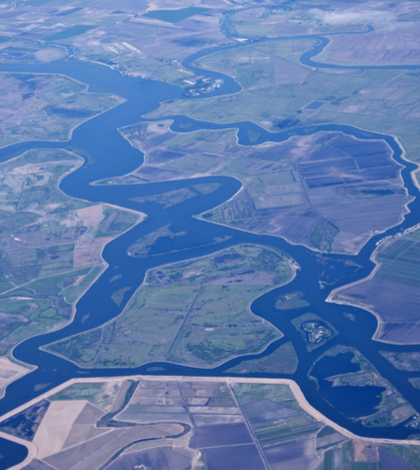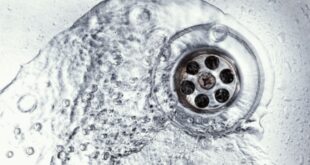The proposed plan to build a new state-of-the-art field station in the Sacramento-San Joaquin Delta on the former Rio Vista Army Base has completed an important portion of the pre-build process with the finalization of the environmental documents. The proposed Rio Vista Estuarine Research Station is intended to house scientists from nine state and federal agencies all of whom monitor conditions in the Sacramento-San Joaquin Delta.
“Protection of our Delta, the most important estuary on the west coast of the western hemisphere, depends on science,” said Congressman John Garamendi (D-3rd District-Davis). “The Rio Vista Estuarine Research Station will advance our understanding of the ecology of the region and provide critical information to direct policy.”
The field station would bring together scientists, engineers, technicians, computer scientists, and office staff from the Bureau of Reclamation, the California Department of Fish and Wildlife, the California Department of Water Resources, the National Marine Fisheries Service, U.S Fish and Wildlife Service, and other state and federal agencies. The consolidation is projected to reduce operational costs and foster scientific collaboration.
With the finalization of the environmental impact report/statement for the project, construction could begin as soon as federal funding is secured. The costs of the Rio Vista Estuarine Research Station are to be shared by both the state and federal governments; the costs are estimated between $90 and $100 million.
All nine agencies that would occupy the estuarine research station work in some capacity to aid the many threatened and endangered species on the Sacramento-San Joaquin Delta. The new station has been planned in conjunction with the U.S. Fish and Wildlife Service’s Regional Fish Technology Center, a five-acre complex that will house populations of fish species including Delta smelt.
“Ecologically and economically, much is at stake in the Delta,” said DWR’s Acting Director Bill Croyle. “The better we understand the estuary, the better we can manage the constant balance that must be struck among competing uses of the Delta. By bringing together scientists who are now scattered across the region, the new Rio Vista field station should bring efficiency, spark collaboration and ultimately improve our understanding and management of this complex, dynamic place.”
Croyle also noted that the realization of the new field station is one of 13 actions set forth in the state’s Delta Smelt Resiliency Strategy. The Sacramento-San Joaquin Delta is also a source of drinking water for two-thirds of California’s population.
The Rio Vista Estuarine Research Station’s final environmental documents and other pertinent information are available at: http://www.deltaresearchstation.com/Library.html.
 California Water News Daily Your Source For Water News in California
California Water News Daily Your Source For Water News in California


